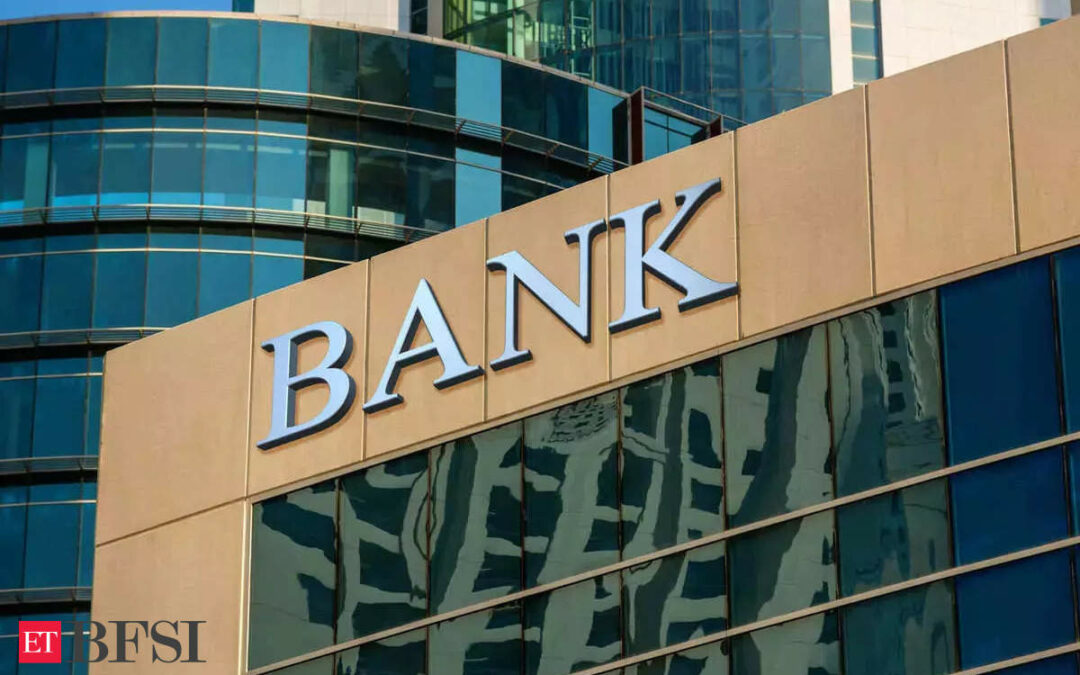Mumbai: Banks saw an increase in stress in unsecured retail, micro finance and some rural advances as seasonal impact of the heatwave, election season slowdown and higher risk weights led to increase in slippages during the first quarter. However, analysts do not expect asset quality to be a challenge yet.
Instead, most observers believe that Indian lenders will have to contend with falling margins and slow deposit growth this year.
Data from the results of 40 listed banks analysed by ET showed that though net profit increased a healthy 21%, margins continued to be weak and deposit growth still lagged credit demand. There was a notable increase in stress in some micro finance and personal loan accounts. State Bank of India’s fresh slippages increased to ₹7,903 crore in June 2024 from ₹7,659 crore a year ago and was double the ₹3,867 crore reported in March 2024 mainly as ₹3,000 crore of loans to individuals slipped during the quarter and was the largest chunk of fresh slippages, followed by ₹2,500 crore of agriculture loans. Chairman Dinesh Khara attributed the slippages to some delay in salaries by some state governments during the quarter.
Private sector IDFC First Bank doubled provisions to ₹994 crore from ₹476 crore a year ago mainly to cover for losses from the bank’s micro finance portfolio which was impacted by the flood in Tamil Nadu and seasonal impact, as a result of which profit fell 11%. Similarly, Axis Bank reported an increase in slippages from its retail portfolio, which the bank management attributed to seasonality in its agriculture portfolio.
Kaitav Shah, banking analyst at Anand Rathi Institutional Equities, said the increase in stress in agri and rural portfolios could be due to extraordinary factors like heat waves and elections.
“But for now this looks transitory and no major disruption is expected. Bank margins have been under pressure and are now stabilising a bit with pressure on credit deposit ratio also an important factor to watch for some banks,” said Kaitav Shah, analyst at Anand Rathi Institutional Equities.
Some banks took extraordinary steps to curtail pressure on their margins during the quarter. Bank of Baroda’s (BoB) loan book increased 8%, slower than the system growth of 15% as the bank slowed down on its corporate loans to protect margins. BoB also reduced bulk deposits in its portfolio to ₹2 lakh crore from ₹2.24 lakh crore in March 2024. But the bank’s
NIM still fell to 3.18% from 3.27% a year earlier largely due to a 38 basis points increase in cost of deposits year on year to 5.06%. One basis point is 0.01 percentage point.
Asutosh Mishra, head of research at Ashika Stock Broking said bank margins are now being normalised from the extraordinary levels after the initial RBI hikes as banks were slow to pass on higher rates to depositors. ET data shows that the median NIM fell to 3.93% in the quarter ended June 2024 from 4.57% a year earlier.
“Deposit rates are now catching up and margins will remain below the 4% and 5% levels seen two years ago. Even if the RBI cuts rates by 50 bps in the next policies, banks will have to keep deposit rates high because there is now a structural change in savings in India and savers will need to be given more returns for them to park money with banks,” Mishra said.
The central bank has expressed concern on banks having a high credit to deposit ratio and some banks are taking harsh measures to correct the same. HDFC Bank’s C/D ratio had touched 110% after the merger of its parent form of 85-87% before that. CEO Sashidhar Jagdishan said that the bank will work towards bringing down its credit to deposit ratio, look at prepaying HDFCs borrowings and explore profitable lending sources. “We will avoid pursuing growth which does not meet our risk adjusted profitability thresholds,” he said in his annual address to shareholders.
ET data shows that deposit growth at 12% still lags the 19% growth in advances seen on an average by banks.
Mishra from Ashika said though C/D ratio is a measure looked at historically, it may be time for the RBI to look beyond it.
“In developed markets only a small portion of loans are funded by deposits which are mostly funded by market borrowings,” Mishra said.











